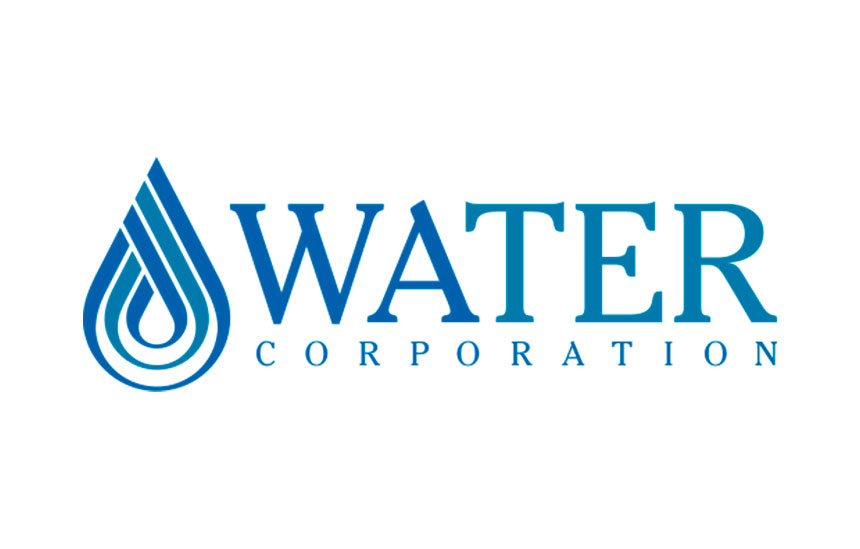- A new 100 billion litres-a-year desalination plant proposed for Alkimos
- Alkimos plant and Perth’s two existing desalination plants to be renewably-powered, supporting the new 2030 State Government emissions target
- Water Corporation target towards net zero emissions across all operations by 2035
- $1.4 billion already set aside as a down payment for the new desalination plant
Alkimos has been selected as the preferred location for the State’s next major water source – a renewably-powered seawater desalination plant that will provide safe, secure drinking water to millions of Western Australians.
Proposed on Water Corporation land north-east of Alkimos Beach and subject to environmental approval, the plant will be capable of delivering 100 billion litres of drinking water annually to support the Integrated Water Supply Scheme (IWSS).
The plant will be delivered in two stages, with the first 50 billion-litre stage expected by 2028.
Water Corporation will also secure up to 400 megawatts of additional renewable wind energy which will enable all three desalination plants, including the existing desalination plants at Kwinana and Binningup, to be powered with renewable energy.
The additional 400MW of renewable energy was included in the Government’s estimated $3.8 billion investment in renewable power generation and storage announced last week.
This will support the utility to meet the new Government emission target of 80 per cent below 2020 emission levels by 2030.
In addition to this, Water Corporation is also committing to a new, earlier net zero greenhouse gas target across all operations by 2035.
The new plant’s design has been carefully considered to protect the surrounding environment, cultural heritage and meet community expectations. It will be sunken behind large vegetated sand dunes to shield it from view and buffer noise, while a special tunnel boring technique will limit seabed and beach disturbance during construction.
A detailed Environmental Review Document for the Alkimos Seawater Desalination Plant is currently with the WA Environmental Protection Authority for assessment.
The McGowan Government has already allocated $1.4 billion towards a significant down payment on the project.
The IWSS currently provides drinking water to around 2.5 million Western Australians across Perth, Peel, some parts of the South-West and as far east as Kalgoorlie-Boulder.
For more information, visit https://www.watercorporation.com.au/newdesal
Comments attributed to Premier Mark McGowan:
“The new renewably-powered desalination plant continues my Government’s investments in climate action to support WA’s long-term future.
“Across southern WA, the long-term impact of climate change on traditional water sources is profound.
“A new plant will cater for the growing drinking water needs of Perth, Peel, parts of the South-West and Kalgoorlie-Boulder, and support future economic development.
“Importantly, the new desalination plant will be renewably-powered, and with the existing initiatives, will support the new 2030 Government emissions target.
“This target sets an example for industry throughout WA and will set the State up for a low carbon, reliable and affordable renewable energy future.”
Comments attributed to Water Minister Dave Kelly:
“In 2006, a WA Labor Government delivered Australia’s first large-scale desalination plant in Kwinana. Today, we are continuing to ensure Western Australians enjoy secure water supply by investing in a new major source to support our growing city.
“Not only will the Alkimos Seawater Desalination Plant provide an eventual 100 billion litres of drinking water annually, it will also reduce reliance on precious groundwater to help protect our lakes, wetlands, bushland and parks.
“Desalination is energy intensive, that’s why it’s significant that Water Corporation has set itself a target of net zero by 2035, which will include having all three desalination plants powered by renewable energy.
“New water sources are just one element in a much larger and more complex supply planning process. It’s absolutely vital we all remain as waterwise as possible to help protect WA’s most precious resource.”

